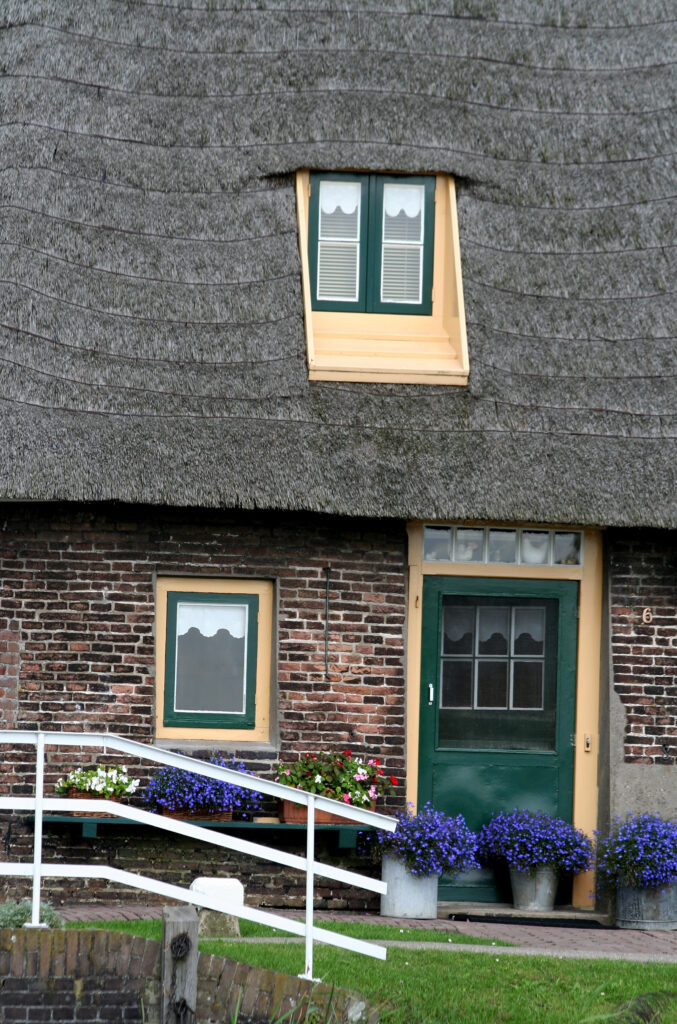kinderdijk

An Icon of Water Management and Windmills
Nestled in the scenic countryside of the Netherlands lies the picturesque village of Kinderdijk, a UNESCO World Heritage Site that boasts a rich history and unique engineering marvels. Famous for its iconic windmills, Kinderdijk showcases the Dutch expertise in water management and land reclamation.
Dating back to the 18th century, the 19 preserved windmills at Kinderdijk stand tall, guarding the region against the constant threat of flooding from the surrounding rivers. These magnificent structures were ingeniously designed to pump excess water from the low-lying polders into higher canals, allowing the land to remain dry and fertile.
Beyond their functional purpose, the windmills of Kinderdijk have become a symbol of Dutch heritage, attracting thousands of tourists each year. Visitors can immerse themselves in the region’s history at the Kinderdijk Museum, offering insights into the challenges and innovations of water management over the centuries.
Strolling along the dikes, visitors can witness the windmills in action, their majestic sails gracefully rotating in the wind. The serene landscape of Kinderdijk is a captivating sight, offering breathtaking views that captivate artists, photographers, and travelers alike.
Kinderdijk serves as a reminder of the Dutch people’s resilience and innovative spirit in the face of nature’s forces. It’s a place where history, engineering, and natural beauty converge, leaving an indelible impression on all who come to experience its charm.

The name
It is not clear how Kinderdijk got its name. The word “kind” is the Dutch word for child.
The most famous story about the origin of the name Kinderdijk goes back to 1421 during the great St. Elisabeth Flood. When the worst storm had subsided, people went up the dike to see what could be saved and they saw a crib floating in the distance. There was no hope that there would be anything alive in it, but as it approached, they saw movement. When it got even closer, it was seen that a cat balanced the crib by jumping back and forth so that no water could enter the crib. When the crib was finally close to the dike, they fished it. There turned out to be another baby in it, who slept quietly and dry.
Another explanation is that the dike in question was low in relation to surrounding dikes. The dike was therefore a smaller specimen, a “child”.
It is not clear how Kinderdijk got its name. The word “kind” is the Dutch word for child.
The most famous story about the origin of the name Kinderdijk goes back to 1421 during the great St. Elisabeth Flood. When the worst storm had subsided, people went up the dike to see what could be saved and they saw a crib floating in the distance. There was no hope that there would be anything alive in it, but as it approached, they saw movement. When it got even closer, it was seen that a cat balanced the crib by jumping back and forth so that no water could enter the crib. When the crib was finally close to the dike, they fished it. There turned out to be another baby in it, who slept quietly and dry.
Another explanation is that the dike in question was low in relation to surrounding dikes. The dike was therefore a smaller specimen, a “child”.
Kinderdijk is a village and part of the municipality of Molenlanden. Kinderdijk is located at the place where the river Noord and the Lek meet. The place is mainly known for the Kinderdijk windmills.

Kinderdijk’s windmills were built to pump up the water from the low-lying polder.
They are almost all ground sailors.
At the bottom of each mill there is a paddle wheel, which brings the water up, often with a height difference of 140 centimeters. There is also one seesaw mill between the windmills of Kinderdijk, De Blokker.
Nederwaard Molen 2 is one of the Kinderdijk windmills, in the Dutch municipality of Molenlanden. The mill, which dates from 1738, serves as a visitor’s mill. In the mill there is a museum house.



The coat of arms of Molenlanden is the municipal coat of arms of the Dutch municipality of Molenlanden of which Kinderdijk is a part. The municipality of Molenlanden has existed since 1 January 2019 after a merger of the municipalities of Molenwaard and Giessenlanden in its current form. The municipality was awarded the coat of arms by the Crown at the beginning of December 2019. The coat of arms contains elements from weapons from previous municipalities.











